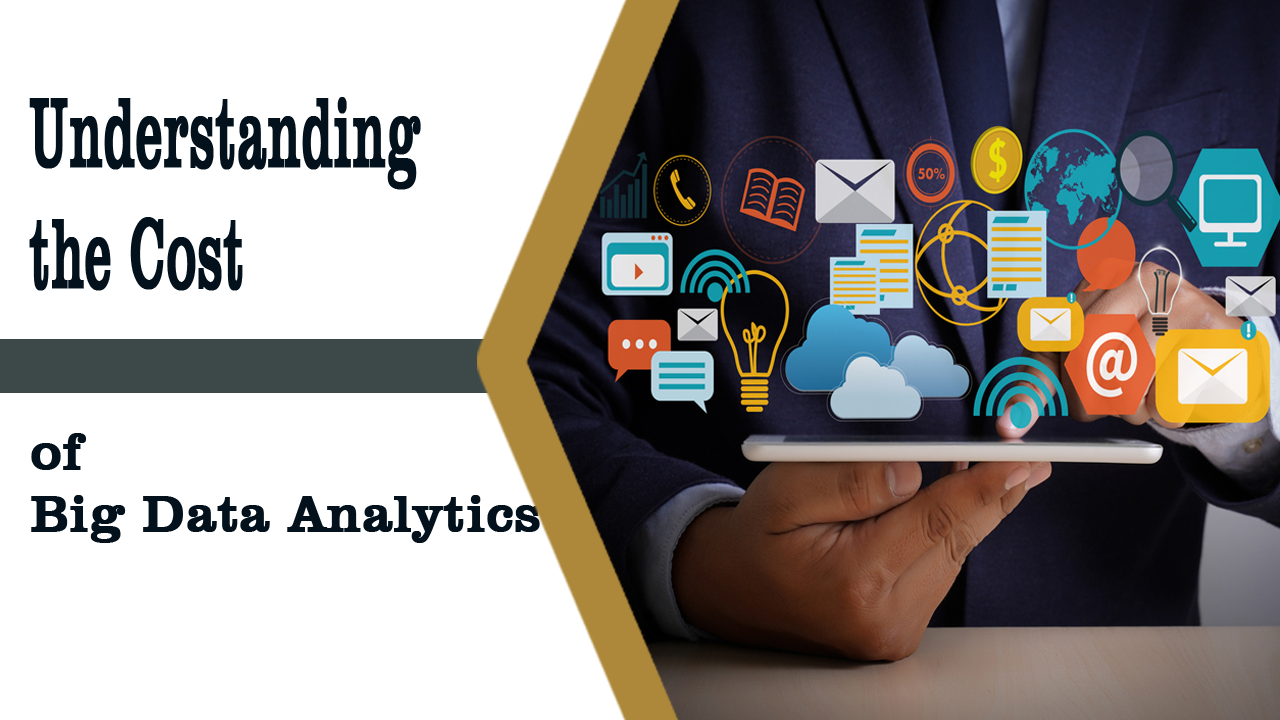Big data analytics has become an essential tool for businesses to gain insights and make informed decisions. It involves processing and analyzing vast amounts of data using advanced technologies and tools. However, one of the primary concerns for companies is the cost of implementing big data analytics.
The cost of big data analytics can vary depending on various factors, including the size and complexity of the data, the tools used, and the required expertise. In this article, we will explore the cost of big data analytics and the strategies that companies can use to reduce this cost.
Factors that Affect Big Data Analytics Cost
1. Data volume and complexity: The larger and more complex the data, the more it will cost to analyze. Big data analytics requires specialized hardware, software, and skilled personnel, which can increase the cost of processing large data sets.
2. Tools and Technologies: The cost of big data analytics also depends on the tools and technologies used. There are various tools available in the market, ranging from open-source to commercial software. Commercial tools are generally more expensive than open-source alternatives.
3. Expertise: Skilled personnel are required to operate and manage big data analytics tools. The cost of hiring or training employees can add up to the overall cost of big data analytics.
4. Security and Compliance: Data privacy and security are critical considerations for businesses. Big data analytics requires robust security measures to protect sensitive data from breaches, which can increase the cost of implementation.
Strategies for Reducing Big Data Analytics Cost
1. Cloud-Based Solutions: Cloud-based solutions offer a cost-effective alternative to on-premise solutions. Cloud providers offer pay-as-you-go pricing models, which allow businesses to scale their infrastructure according to their needs.
2. Open-Source Tools: Open-source tools such as Hadoop, Spark, and Cassandra can significantly reduce the cost of big data analytics. These tools are free to use and have a vast community of developers contributing to their development.
3. Data Prioritization: Prioritizing data can help businesses reduce the overall cost of big data analytics. Not all data is equally important, and some data may be redundant or unnecessary. Prioritizing data can help businesses focus on the data that is most valuable to them.
4. Automation: Automation can significantly reduce the cost of big data analytics. Automation tools can handle routine tasks, such as data cleansing and processing, freeing up skilled personnel to focus on more complex tasks.
Benefits of Investing in Big Data Analytics
1. Improved Decision Making: Big data analytics can provide businesses with insights that can help them make informed decisions. By analyzing vast amounts of data, businesses can identify patterns and trends that are not immediately visible.
2. Enhanced Efficiency: Big data analytics can help businesses identify areas where they can improve efficiency. By analyzing data, businesses can identify bottlenecks and streamline their processes, leading to improved productivity.
3. Better Customer Service: Big data analytics can help businesses better understand their customers. By analyzing data, businesses can identify customer preferences and behavior patterns, which can help them tailor their products and services to meet their customers’ needs.
4. Competitive Advantage: Big data analytics can provide businesses with a competitive advantage. By analyzing data, businesses can gain insights into their industry and their competitors, which can help them stay ahead of the competition.
In conclusion, big data analytics can provide businesses with valuable insights that can help them make informed decisions and gain a competitive advantage. However, the cost of implementing big data analytics can be a significant concern for businesses. By considering factors such as data volume

